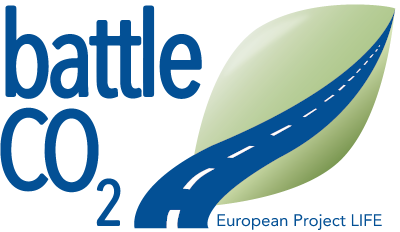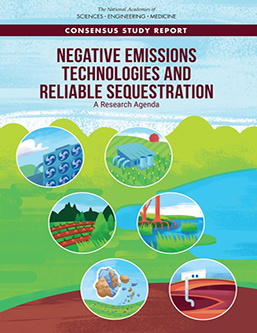The National Academy of Sciences, Engineering, and Medicine report Negative Emissions Technologies and Reliable Sequestration: A Research Agenda assesses the benefits, risks, and «sustainable scale potential» for «negative emissiones technologies» (NETs) and sequestration. This report also defines the essential components of a research and development program, including its estimated costs and potential impact.
To achieve goals for climate and economic growth, NETs that remove and sequester carbon dioxide from the air will need to play a significant role in mitigating climate change. Unlike carbon capture and storage technologies that remove carbon dioxide emissions directly from large point sources such as coal power plants, NETs remove carbon dioxide directly from the atmosphere or enhance natural carbon sinks. Storing the carbon dioxide from NETs has the same impact on the atmosphere and climate as simultaneously preventing an equal amount of carbon dioxide from being emitted.
Recent analyses found that deploying NETs may be less expensive and less disruptive than reducing some emissions, such as a substantial portion of agricultural and land-use emissions and some transportation emissions. For example, combustion of a gallon of gasoline releases approximately 10 kilograms (kg) of carbon dioxide in the atmosphere. Capturing 10kg of carbon dioxide from the atmosphere and permanently sequestering it using a NET has the same effect on atmospheric carbon dioxide as any mitigation method that simultaneously prevents a galloon of gasoline combustion.
Fuente de la noticia: http://www.trb.org/main/blurbs/178877.aspx

